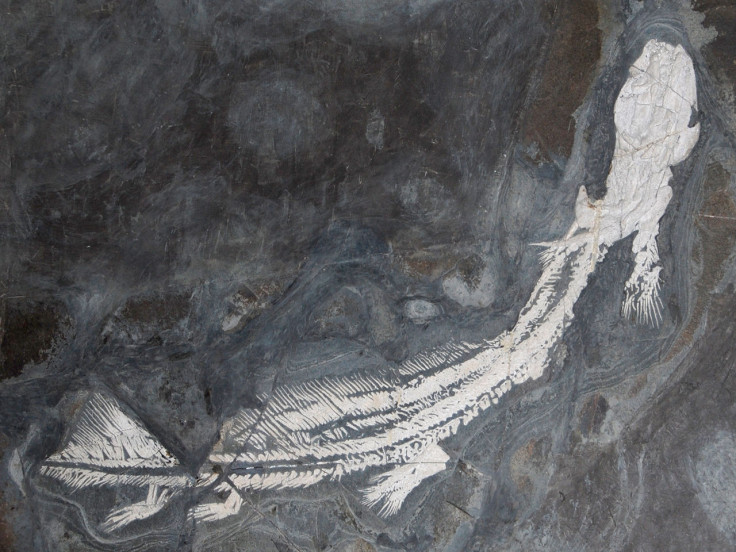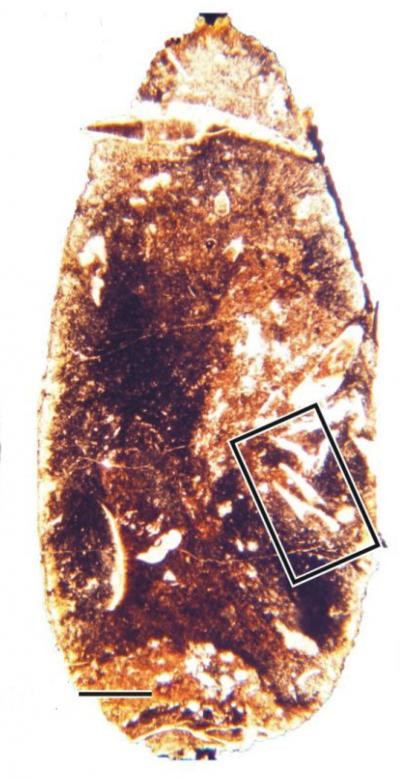Cannibalistic prehistoric shark fed on its babies when food was scarce
Baby shark teeth were found in 300 million years old adult poop fossils.

Prehistoric sharks that lived some 300 million years ago ate their babies, palaeontologists have said. This grim discovery was made possible thanks to an analysis of ancient coprolites – fossilised faeces.
The scientists focused their investigations on a huge shark known as Orthacanthus. The animal lived at a time when marine fishes were starting to settle in freshwater swamps in large numbers. In fact, many fish species of the period appear to have been well adapted to live in a wide range of salinities - from salty seawater to freshwater.
Orthacanthus, one of the top predators of the aquatic world, was also among the biggest hunters in coastal swamps and potentially in shallow seas as well. It was a massive beast, being three-metre-long with a dorsal spine, an eel-like body, and tricusped teeth.
In the study published in the journal palaeontology, the scientists worked at the Minto Coalfield of New Brunswick, in Canada – which would have been the site of a freshwater inland waterway 300 million years ago, in a bid to understand the diversity of the marine fauna at the time.
Poo full of teeth

At the site, they unearthed distinctive spiral-shaped coprolites – the scientific name for poo fossil - belonging to the massive prehistoric sharks. These were then studied to help better understand its behaviours and biology, revealing signs of cannibalism among the species, and in particular of "filial cannibalism" between parents and infants.
Indeed, the faeces were full of the teeth of juvenile Orthacanthus, strongly suggesting that these sharks fed on their own babies.
"There is already evidence from fossilised stomach contents that ancient sharks like Orthacanthus preyed on amphibians and other fish, but this is the first evidence that these sharks also ate the young of their own species," Aodhán Ó Gogáin, PhD candidate at Trinity College Dublin who made the discovery, explained.
So far, it is not known why loving shark parents, who used inland waterways as a protected space to look after their babies, resorted to eating them.
"It's possible that Orthacanthus used inland waterways as protected nurseries to rear its babies, but then consumed them as food when other resources became scarce," said co-author Dr Howard Falcon-Lang, from Royal Holloway University of London.
© Copyright IBTimes 2025. All rights reserved.






















